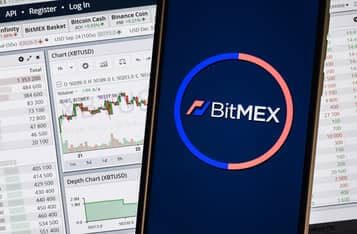Transitioning from Miners to Stakers: Securing the Ethereum (ETH) Blockchain
The Ethereum (ETH) blockchain has undergone a significant transformation with its shift from a proof-of-work (PoW) to a proof-of-stake (PoS) consensus mechanism. This transition, known as 'The Merge,' has replaced traditional miners with stakers, fundamentally altering the way the network is secured, according to a report by Grayscale.
The Merge and Its Implications
Ethereum's transition to PoS, finalized in September 2022, marked the end of energy-intensive mining operations. In PoS, validators, or stakers, are chosen to create new blocks and validate transactions based on the number of tokens they hold and are willing to 'stake' as collateral. This method is considered more energy-efficient and scalable compared to PoW.
Enhancing Network Security
Staking is designed to enhance network security by aligning the interests of validators with the overall health of the blockchain. Validators are incentivized to act honestly because they risk losing their staked tokens if they attempt to manipulate the network. This economic penalty, known as 'slashing,' deters malicious activities and ensures the integrity of the blockchain.
Environmental and Economic Benefits
The switch to PoS has also brought significant environmental benefits by drastically reducing Ethereum's carbon footprint. According to the Ethereum Foundation, the network's energy consumption has dropped by over 99.95% post-Merge. Additionally, the economic model of staking allows for greater community participation, as it lowers the barrier to entry compared to expensive mining hardware.
Challenges and Future Outlook
While the transition to PoS has been largely successful, it is not without challenges. Centralization risk remains a concern, as entities with large token holdings can potentially exert more influence over the network. However, ongoing research and development aim to address these issues and further decentralize staking power.
Overall, Ethereum’s move from miners to stakers represents a pivotal evolution in blockchain technology, promising enhanced security, sustainability, and inclusivity for the network's future.





